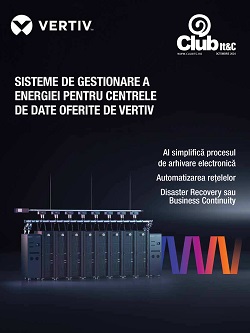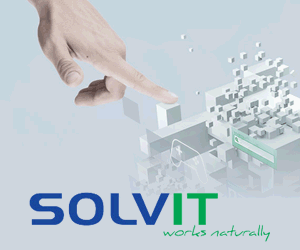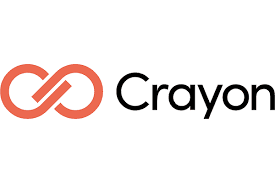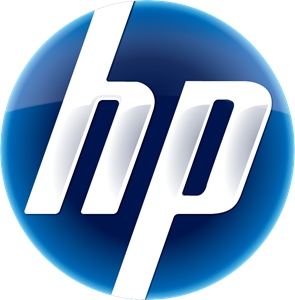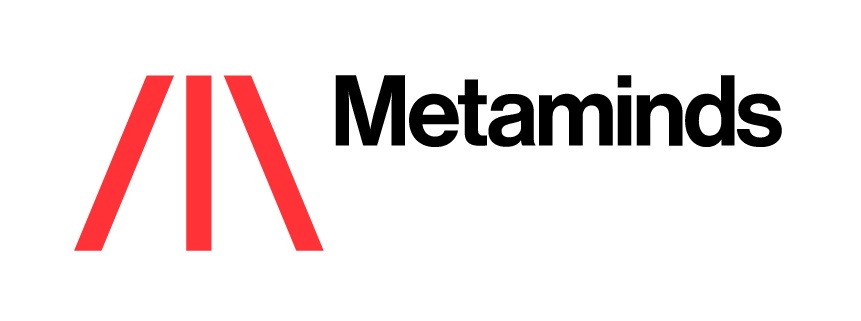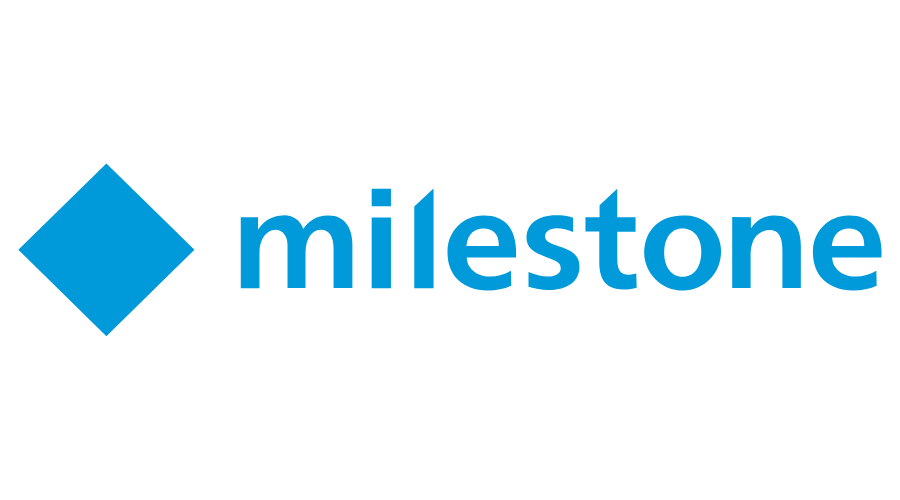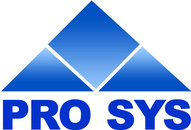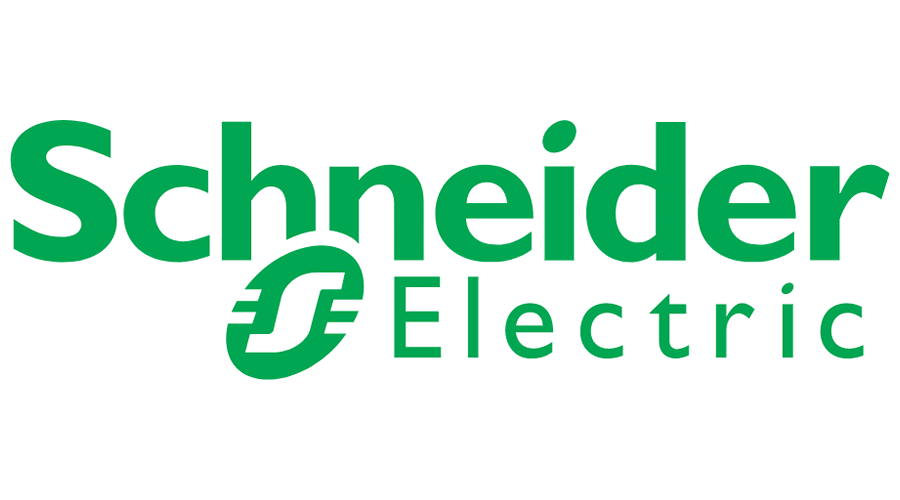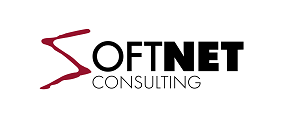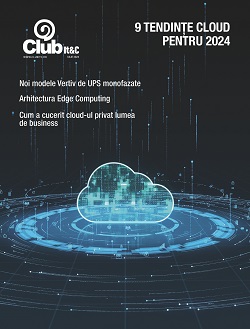After the pandemic, in which there was an unprecedented boom in online sales in Romania, in 2022, the ecommerce market registered a slower growth rate, being dominated by trends of “resettlement” in sales and “temperance” on the part of Romanian consumers, shows an analysis with the main conclusions of some of the most important providers of solutions for digital commerce. According to them, the ecommerce market was at the maximum level of competitiveness this year, in the context in which more and more stores are created or moved online.
 According to the analysis of the ecommerce market in 2022, in which the companies EuPlatesc.ro – electronic payment processor, Limitless Agency – digital marketing agency, NextUp Solutions – provider of ERP and other software solutions for online stores, VTEX – the Enterprise Digital Commerce Platform and White Image – email marketing agency, digital commerce in Romania is going through a resettlement stage, in which the growth is no longer as spectacular as in the period 2020-2021, especially in the context of the high inflation of the last months which led Romanians to spend less. In total, according to ARMO and GpeC estimates, the ecommerce market in Romania will grow by approximately 10% compared to last year, reaching almost 7 billion euros.
According to the analysis of the ecommerce market in 2022, in which the companies EuPlatesc.ro – electronic payment processor, Limitless Agency – digital marketing agency, NextUp Solutions – provider of ERP and other software solutions for online stores, VTEX – the Enterprise Digital Commerce Platform and White Image – email marketing agency, digital commerce in Romania is going through a resettlement stage, in which the growth is no longer as spectacular as in the period 2020-2021, especially in the context of the high inflation of the last months which led Romanians to spend less. In total, according to ARMO and GpeC estimates, the ecommerce market in Romania will grow by approximately 10% compared to last year, reaching almost 7 billion euros.
Romanian ecommerce, between the slowdown in evolution and the increase in the number of online stores
 “This year, the ecommerce market is continuously growing, but the increases are not as high as in previous years. There is a lack of predictability due to external events, which directly and indirectly affect the Romanian ecommerce market. From the chip crisis to the increase in the price of transport in China, these things reflect over time on online businesses and have various consequences on the market”, points out Daniel Slăvenie, CEO of Limitless Agency, one of the largest digital marketing agencies in Romania, with over 300 ecommerce clients.
“This year, the ecommerce market is continuously growing, but the increases are not as high as in previous years. There is a lack of predictability due to external events, which directly and indirectly affect the Romanian ecommerce market. From the chip crisis to the increase in the price of transport in China, these things reflect over time on online businesses and have various consequences on the market”, points out Daniel Slăvenie, CEO of Limitless Agency, one of the largest digital marketing agencies in Romania, with over 300 ecommerce clients.
Although the pace of growth is slow, the digital commerce market has become much more competitive, and brands and retailers are more focused on customer attraction and retention strategies, mentions Cristi Movilă, Eastern Europe General Manager within VTEX, the Enterprise Digital Commerce Platform, with which brands and retailers manage their commerce operations globally.
 At the same time, Andrei Georgescu, co-founder of White Image, the largest email marketing agency in the country, points out that in 2022 the exuberance of the pandemic regarding e-commerce growth has diminished. “2022 for online was a year of post-pandemic resettlement, after a period of great growth, and from the second part of the year, the feeling of economic crisis is increasingly felt. The exuberance of easy online success since the pandemic years has made many strategic decisions in many companies to be left to chance, i.e. not well substantiated and analyzed, which brings them additional expenses”, explains the entrepreneur and email marketing specialist.
At the same time, Andrei Georgescu, co-founder of White Image, the largest email marketing agency in the country, points out that in 2022 the exuberance of the pandemic regarding e-commerce growth has diminished. “2022 for online was a year of post-pandemic resettlement, after a period of great growth, and from the second part of the year, the feeling of economic crisis is increasingly felt. The exuberance of easy online success since the pandemic years has made many strategic decisions in many companies to be left to chance, i.e. not well substantiated and analyzed, which brings them additional expenses”, explains the entrepreneur and email marketing specialist.
“In the last two years, post-pandemic, there is an evolution, but also an increased interest in opening online stores. And it’s not just about the fact that physical stores also approach online sales, but especially about moving exclusively online, being the surest way of growth for most local businesses. Local entrepreneurs have an appetite for numbers, and once they use software capable of guiding them with real-time data, it becomes obvious to them that it is more productive and profitable to sell in the virtual environment”, adds Roxana Epure, Managing Partner of NextUp Solutions, one of the leading business software solutions companies.
Buying behavior: less impulse buying
In terms of purchasing behavior, Romanian consumers were more frugal in 2022 than in other years and oriented more towards less expensive products.
“Consumers are more careful about what they buy, they no longer make impulse purchases like in past years and are more thoughtful with their budgets. Romanians no longer rushed to buy on impulse like before. In the absence of post-pandemic restrictions, consumers have reverted to old habits, buying more offline. From our data, between January and June, offline retail increased by 22%, and online had a slight decrease of 3%, which is recovered at the end of the year”, explain the representatives of Limitless Agency, according to which the average value of the order in November was 542 lei, slightly increasing by 0.5% compared to 2021, considering inflation.
Thus, according to Limitless Agency data, the most purchased products were from the IT&C, fashion, car, home & garden, books & bookstore, jewelry, food, and beauty categories. Growing in 2022 were the fields of fashion, beauty, grocery, HoReCa, home & deco and IT&C, according to the estimates of VTEX representatives.
As a payment method, cash on delivery is still preferred, but paying online with a bank card is increasing spectacularly.
 “Considering that electronic payment is more and more secure and simplified, the level of confidence of Romanian consumers in online card payment methods will increase even more, we are going to balance the cash-on-payment-online payment balance, and in the near future the electronic payment method will dominate”, explains Ștefan Suceveanu, co-founder of EuPlatesc.ro, one of the largest electronic payment processors on the market.
“Considering that electronic payment is more and more secure and simplified, the level of confidence of Romanian consumers in online card payment methods will increase even more, we are going to balance the cash-on-payment-online payment balance, and in the near future the electronic payment method will dominate”, explains Ștefan Suceveanu, co-founder of EuPlatesc.ro, one of the largest electronic payment processors on the market.
In fact, according to EuPlatesc.ro data, Romanians are increasingly interested in buying online and prefer to have as few applications installed on their phone as possible to carry out the periodic operations they need. The overall average annual value of an online transaction is around 300 lei. By the number of transactions, the most used payment method is card payment in the online shopping cart, followed by the option of payment link on electronic invoice or sent directly to the end customer, and payments via Click4Pay, Apple Pay and Google Pay.
Trends in 2022: What online retailers have invested in
Investments in automation for increased business efficiency and solutions to improve the online shopping experience were representative for the ecommerce market this year.
According to VTEX, marketplace development was one of the main investment trends in 2022, given that many companies have reached maturity and are looking to scale their business. Also, a new channel that has gained momentum is the B2B ecommerce segment, which continues to grow.
 “On the side of functionalities or methods of attracting customers, this year retailers and brands have implemented new tools and applications that lead to higher conversion rates – here we are talking about multiple intelligent promotion modules, such as Intelligent Search, Live Shopping or conversational commerce. At the same time, regarding omnichannel, there has been increased interest in the Live Shopping, Infinite Isle, Reserve Online, Pickup In-Store, Buy Online, Pickup In-Store or Buy Online, Return In-Store functionalities”, explains Cristi Movilă, Eastern Europe General Manager at VTEX.
“On the side of functionalities or methods of attracting customers, this year retailers and brands have implemented new tools and applications that lead to higher conversion rates – here we are talking about multiple intelligent promotion modules, such as Intelligent Search, Live Shopping or conversational commerce. At the same time, regarding omnichannel, there has been increased interest in the Live Shopping, Infinite Isle, Reserve Online, Pickup In-Store, Buy Online, Pickup In-Store or Buy Online, Return In-Store functionalities”, explains Cristi Movilă, Eastern Europe General Manager at VTEX.
At the same time, there are more and more investments in software solutions for managing processes, stocks, and orders. According to NextUp Solutions data, this year retailers have invested between 1,000 and 5,000 euros in software for automatic order processing, being particularly interested in functionalities such as real-time updating of products displayed in the online store to avoid the risk of over-shop (ordering an unavailable product), constantly updating the products in stock, and receiving notifications when the stock is close to zero, to generate new orders to suppliers.
 “Through automated processing solutions, retailers can manage stocks of up to 30,000 different items and process up to 1,000 orders per day, i.e. 50 times more orders than without an automated solution. Thus, through automation, activity efficiency increases by up to 50%, and business costs begin to decrease, especially those with human resources. In addition, entrepreneurs want to adopt more and more automation in their businesses because they get more predictability based on the numbers. They can see costs versus revenues and know anytime, anywhere, in exact numbers, how their business is doing, how much it’s worth, how much it’s producing and where to do better next month and next year”, explains Roxana Epure, Managing Partner NextUp Solutions.
“Through automated processing solutions, retailers can manage stocks of up to 30,000 different items and process up to 1,000 orders per day, i.e. 50 times more orders than without an automated solution. Thus, through automation, activity efficiency increases by up to 50%, and business costs begin to decrease, especially those with human resources. In addition, entrepreneurs want to adopt more and more automation in their businesses because they get more predictability based on the numbers. They can see costs versus revenues and know anytime, anywhere, in exact numbers, how their business is doing, how much it’s worth, how much it’s producing and where to do better next month and next year”, explains Roxana Epure, Managing Partner NextUp Solutions.
Thus, in conclusion, according to ecommerce solution providers, the digital commerce market has had a different trajectory both from the pandemic period and from 2019, predicting in unison the continued growth of the industry, given the increasing influence of technology and consumers’ desire to shop wherever they are, without wasting time in physical stores.


